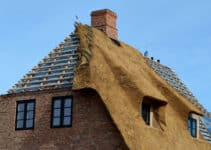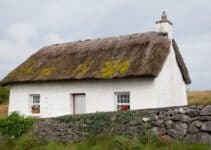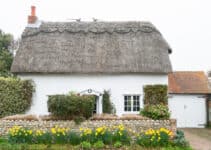Thatching spars are an essential part in the construction of thatched roofs. In this article we delves into the materials, techniques, and historical context of thatching spars, highlighting their importance in creating eco-friendly and aesthetically pleasing structures.
What Are Thatching Spars?
A thatching spar is a piece of wood, traditionally made from hazel, and sometimes and less commonly, willow, which has two sharp pointed ends and is used to secure or staple a layer of straw or reed into a secure position on a thatched roof.
Thatching spars are one of the most important aspects of a thatched roof and ensure that the straw or reed remains stable and correctly affixed.
What Are Other Names Are There For Thatching Spars?
Thatching Spars are known by different names throughout the UK.
In Wales, thatching spars may be commonly referred to as a Scollop, in Scotland, thatching spars may be known as a Scob.
In numerous regions of England, thatching spars are given a unique name, but all names broadly represent the same type of wooden design utilised universally by thatchers.
Selected other names for thatching spars in different regions of England are listed here alongside the typical area which utilises the name.
Derbyshire – Springle
Cambridgeshire – Spit
Surrey – Sparrow
Isle of Wight – Sparrod
North of England – Spelk
Berkshire – Spree
Linconshire – Speet
East of England- Broach
As you can see there is quite a variety! Maybe you know them by another name?
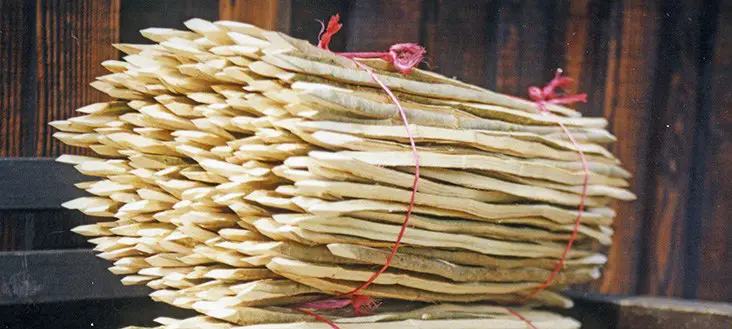
How Long Is A Thatching Spar?
Thatching Spars vary in length but tend to be between 24 and 30 inches of hazel. They have a very sharp point at each end and are twisted (not simply bent) to give the desired ‘peg’ shape which is used to hold a fixed thatch in place.
Spars that have been ‘pre-twisted’ may also be used so the thatcher skips a step when affixing the layer of thatch in place.
How Do You Make Thatching Spars?
To look at the entire process of creating thatched spars, it is necessary to look at the source wood, typically young willow or hazel which has been harvested at less than 7 years old.
This wood has ideally been taken from shoots taken from a coppice or an area of near-ground or low-level vegetation.
There are subtle differences between willow and hazel collection.
Hazel Spars
Hazel is cut down in winter prior to new shoots beginning to grow in spring. Once seven to ten years have passed, the desired diameter of hazel shoots will begin to grow and are commonly called ‘stools’. These stools are a rich habitat for numerous small woodland animals and wildlife.
Willow is not as frequently used as hazel in spars but when it is, it requires the tree to remain less than 6ft from the ground to ensure that the willow shoots generated do not become too large.
However, in its favour, these willow trees can be cultivated once every three to five years which is much less time to wait.
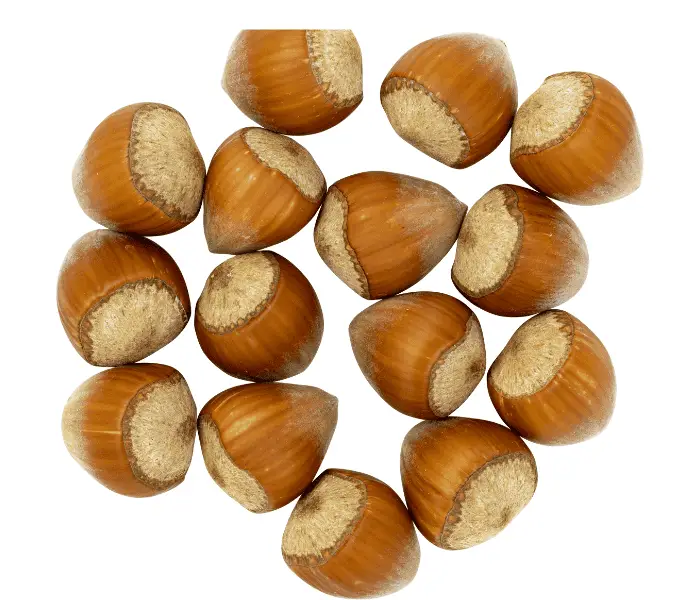
Wooden Spars
Whichever wood is used, hazel or willow, the young shoots are then cut, collected and are reduced to the required length if needed, normally using a saw.
These raw wooden lengths are known as gads (or gadds) and need to be split to the correct girth, to create the correct sized thatching spar.
The gad is split using a tool called a bill hook by cutting against the grain of the wood. Each gad is then divided into the required number of individual thatching spars to create wood spars with a triangular cross-section.
This amount can vary per gad, sometimes reaching as high as 16, but more frequently into 8, 6 or 4. Each wood spar is then sharpened at each end to ensure that the spike can penetrate the thatch and remain fixed.
After the creation process is complete, the finished thatching wood spars are tied together using string or cord into bundles of set quantities. This can vary between 250 to 1000.
Several thousand spars will be utilised with more needed depending on the size of the roof. They are not just used as pegs but also as a ligger, something used in conjunction with spars to tie down a ridge.
Liggers have a slightly larger diameter than spars and have a slightly different shaped edge. Liggers act as the nail to secure a ridge; and are also usually longer, reaching up to 5ft of length.
Ridges tend to have a few liggers placed adjacent to each side of the ridge and are a key feature of a completed and watertight thatched roof.
As most thatchers do not make their own spars, they must usually rely on an experienced and specialist spar maker. These specialist spar makers can produce roughly 100 spars per hour. As a reference, a typical thatcher will use around 200 on a full day of labouring on a thatched roof.
The spars must be stored adequately to ensure that the structural integrity of the spar is not impacted. Factors that may degrade the strength or usefulness of a spar include exposure to adverse weather conditions such as ice or frost, rainfall or even too many hours of sunlight.
If not properly stored, when the thatcher attempts to ‘twist’ the spar, it may fail.
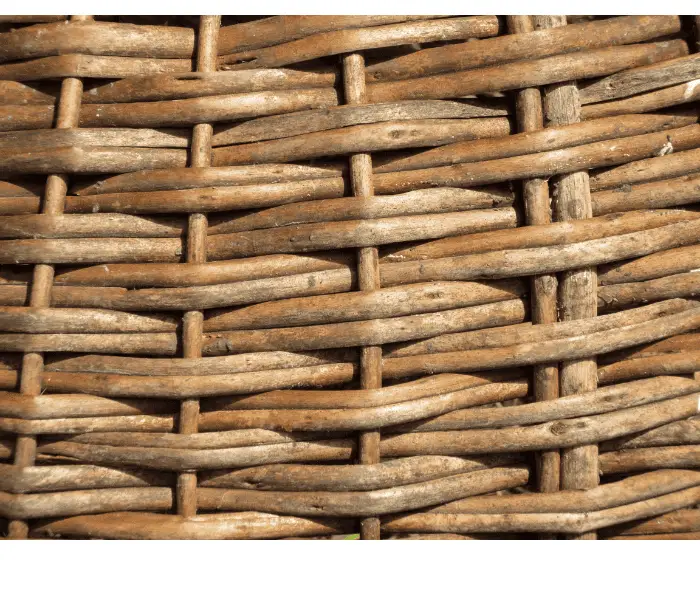
How To ‘Twist’ A Thatching Spar?
Twisting a thatching spar is an age-old skill. The spar must be firmly grasped using each hand with the thumbs facing away from each other over the middle of the triangular piece of wood.
One hand remains fixed and another (typically the stronger hand) slides down the wood whilst simultaneously ‘twisting’ which reduces the hold of the fibres and allows the wood to be shaped.
This process creates the final spar and although the basic motion may look simple to onlookers, many will find that actually attempting the practice is harder to perfect than expected.
Applying the Spar
Once the spar is twisted, it will be fixed onto the roof and should be placed with a slight tilt to face upward. This is so that rainfall does not trickle down the spar and penetrate into a deeper layer of the thatch which improves the overall waterproofing of the final roof.
Thatching Spar
For such a small and seemingly understated piece of wood, thatching spars have many features of interest…whether that be learning how wood is sourced to make the gads, their curious regional naming customs or even the spar making profession and process itself.
